London Is Losing Its Millionaires
Authored by Guy Birchall via The Epoch Times (emphasis ours),
London is losing its richest residents.
The British capital has seen more than 30,000 millionaires vanish over the past 10 years.
 A person sits on a bench next to the River Thames backdropped by the City of London financial district and Tower Bridge in London on Feb. 13, 2025. Henry Nicholls/AFP via Getty Images
A person sits on a bench next to the River Thames backdropped by the City of London financial district and Tower Bridge in London on Feb. 13, 2025. Henry Nicholls/AFP via Getty Images
It has now dropped out of the top 5 cities for millionaires around the world, with New York, the Bay Area, Tokyo, Singapore, and Los Angeles all ranking higher, according to a report commissioned by Henley and Partners, a United Kingdom-based investment migration consultancy.
The firm found that London had lost 11,300 dollar millionaires in just 12 months, including 18 individuals with a net worth of $100 million or more, and two billionaires.
London, which now has 215,700 millionaires, is one of only two cities in the top 50 — the other being the heavily sanctioned capital of Russia, Moscow—that has fewer rich individuals than a decade ago.
In total, the British capital has lost 12 percent of its wealthiest residents since 2014, while Moscow has lost 25 percent.
Many millionaires fled Moscow in the wake of Western sanctions following the invasion of Ukraine in 2022.
Though the Russian capital has lost more millionaires as a percentage over the past decade, with 10,000 leaving, in terms of sheer numbers, London has lost three times that number in the same time frame.
The majority of departures have been to other European countries such as Italy and Switzerland, as well as the United Arab Emirates (UAE).
Dubai, in particular, has seen a huge growth in the number of millionaires over the past decade, increasing by 102 percent.
So what is driving the super-rich out of what was once one of the premier playgrounds of the rich and famous?
Andrew Amoils, head of research at New World Wealth, who carried out the report for Henley and Partners, told The Epoch Times there were numerous factors for London losing some of its wealthiest residents.
He said that rising concerns about crime and safety were the big factors putting the rich off the British capital.
“Safety is one of the key drivers of long-term wealth growth,” Amolis said. “Women and child safety is especially important—the recent child grooming scandal highlighted this crisis.”
Crime and SafetyA number of billionaires in recent months have made similar statements about crime being an issue.
Devin Narang, an Indian entrepreneur, said in a meeting attended by David Lammy, then shadow foreign secretary, that fear of crime in London was one of India’s elite’s biggest concerns about the city.
“People are being mugged in the heart of London–in Mayfair,” Narang, a member of the executive committee of the Federation of Indian Chambers of Commerce and Industry, said at a meeting in New Delhi in February 2024, the Financial Times reported.
“All CEOs in India have had an experience of physical mugging and the police [in London] not responding.”
Manchester United owner Sir Jim Ratcliffe also said that he had stopped wearing luxury watches in the capital.
“I can’t wear a watch in London, and I just need to be a bit wary, a bit careful,” Ratcliffe told The Sunday Times.
Ratcliffe, one of Britain’s wealthiest people, cited the story of a murder over a Rolex picked up on one of his company Ineos’s CCTV cameras at its headquarters in Knightsbridge.
“He died in a pool of blood because somebody tried to take his Rolex, and he resisted. About a year ago, we had three guys in hoodies, with machetes, right outside the office, opposite Harrods.”
More than 6,800 watches were reported stolen in 2023, the latest year for which figures are available, an increase from more than 6,000 in 2022.
Taxes a TurnoffHigh taxes are another one of the prime reasons the rich no longer call London home.
Amoils said: “Capital gains tax and estate duty [inheritance tax] rates in the UK are amongst the highest in the world, which deters wealthy business owners and retirees from living there.
“The recent tax rises from the October 2024 budget have exacerbated this issue as they pulled non-doms, farms, and small businesses into the UK estate duty net.”
Non-dom, short for non-domicile, describes a person who lives in the UK, but whose permanent home for tax purposes is outside the country.
It refers to a person’s tax status and has nothing to do with their nationality, citizenship, or resident status, although it can be affected by these factors.
A non-dom previously only paid UK tax on the money they earn in Britain and did not have to pay tax to the British government on money made elsewhere in the world.
In October, the Labour government confirmed plans to abolish non-dom status from April 2025, and to replace it with a residence-based regime, which will also bring foreign earnings into the UK inheritance tax system.
Dwindling ImportanceAnother factor spurring the movement of millionaires is the fact that the city itself is becoming less globally significant.
“The London Stock Exchange (LSE) was once the largest stock market in the world by market cap, but it now ranks 11th globally,” Amolis said.
“The past two decades have been particularly poor, with a large number of delistings and relatively few new IPOs.
“The continued ascendance of rival financial hubs such as Dubai, Paris, Geneva, Milan, Lugano, Frankfurt, and Amsterdam has eroded London’s status as Europe’s top financial center.”
He added that growing American and Asian dominance of the global space has also prompted several wealthy tech entrepreneurs in the UK to reconsider their base location, with many moving to tech hubs in North America and Europe.
“A lot of the new wealth that has been created in the last decade has mainly been from the tech sector, so if you miss out on that, you are missing out on a huge amount of wealth,” Amolis said.
Amolis also said that the historic appeal of London and the UK was its use of English, which remains either the first or second language of most millionaires globally.
“However, over time, this has become less relevant as the economies of the other major English-speaking countries like the United States, Australia, and Canada have grown,” he said.
“Furthermore, there are now several other high-income markets globally where one can get by only speaking English, including the likes of Singapore, the UAE, New Zealand, and Malta.”
Another factor is that part of the drop in the number of wealthy people in London is not necessarily that they left the city; they just became less well off due to the drop-off in the stock market and a worsening exchange rate of the pound against the dollar.
“A lot of them have just got less money,” Amolis said. “So, for instance, if someone was worth $1.2 billion and then their investments have gone down and they are now worth $900 million, they are no longer a billionaire.”
Despite this drop in wealthy residents, London remains one of the most expensive cities to live in, with property prices per square meter higher than anywhere else on the planet—other than Hong Kong, New York, and Monaco.
Tyler Durden Tue, 04/29/2025 - 05:00



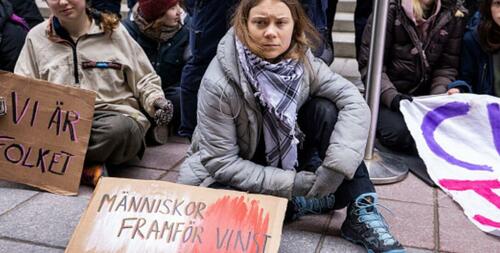


 Via Associated Press
Via Associated Press
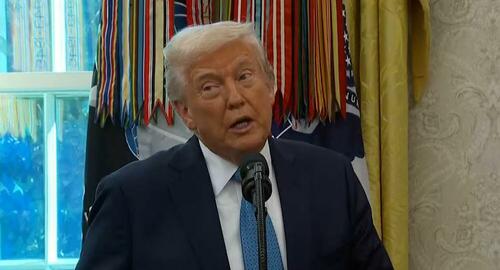

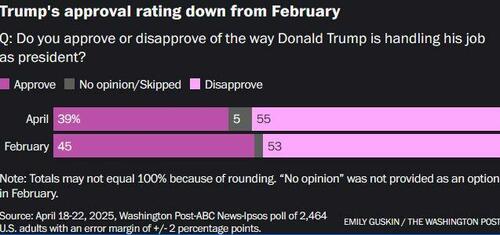
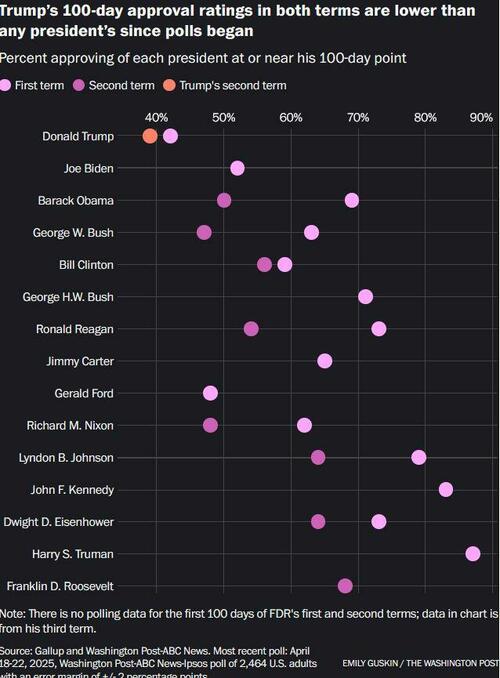



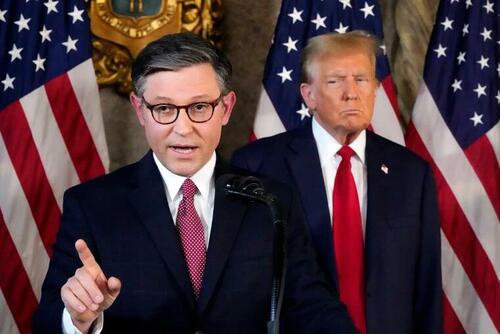
 Click picture, add to cart, be prepared...
Click picture, add to cart, be prepared...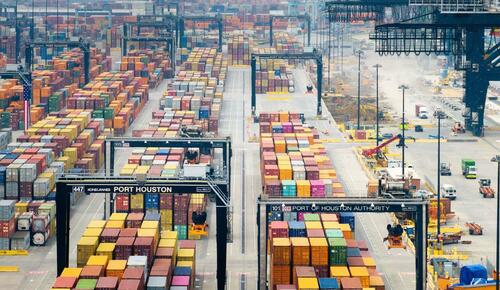
 US Navy file image
US Navy file image

 Source:
Source: 
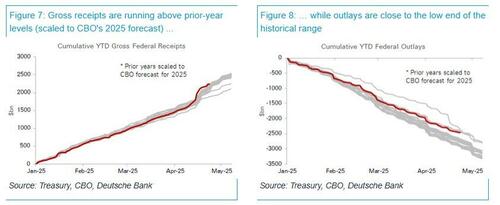
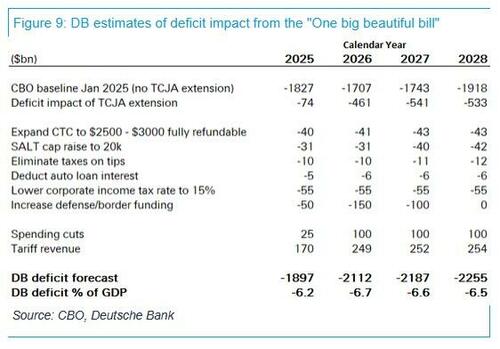

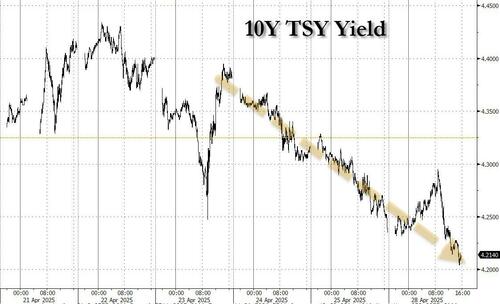





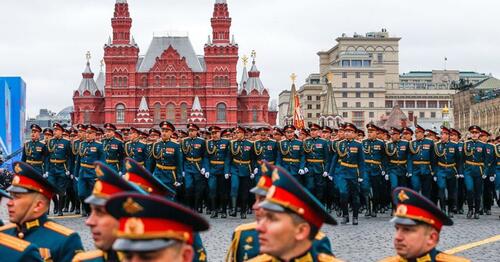 Prior 'Victory Day' parade, via AP
Prior 'Victory Day' parade, via AP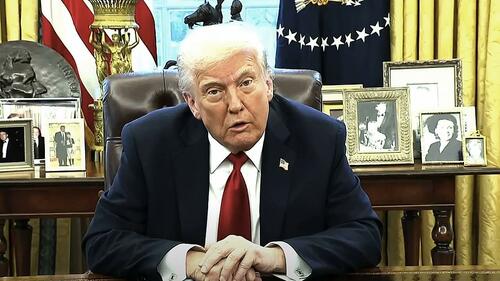
Recent comments